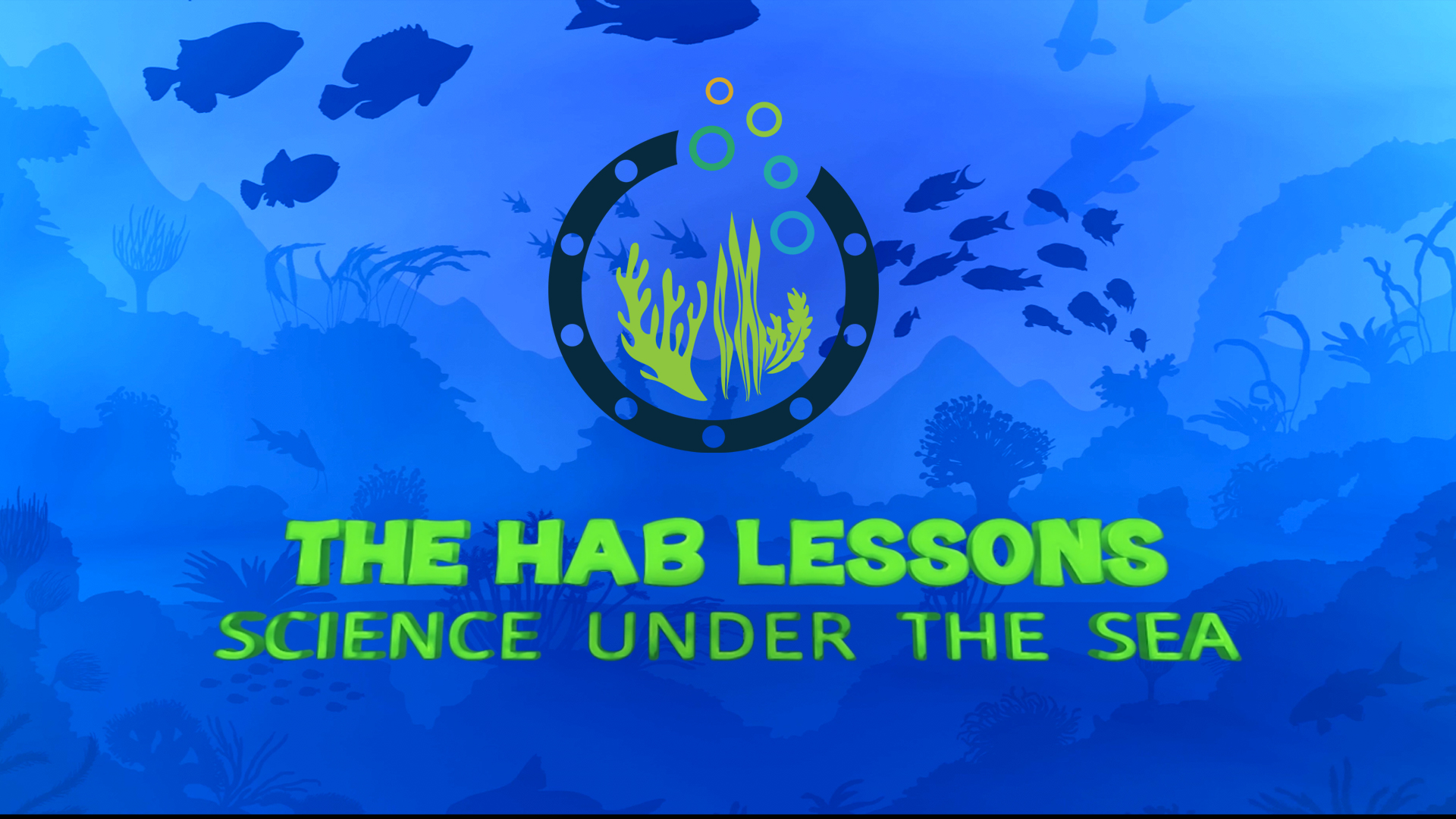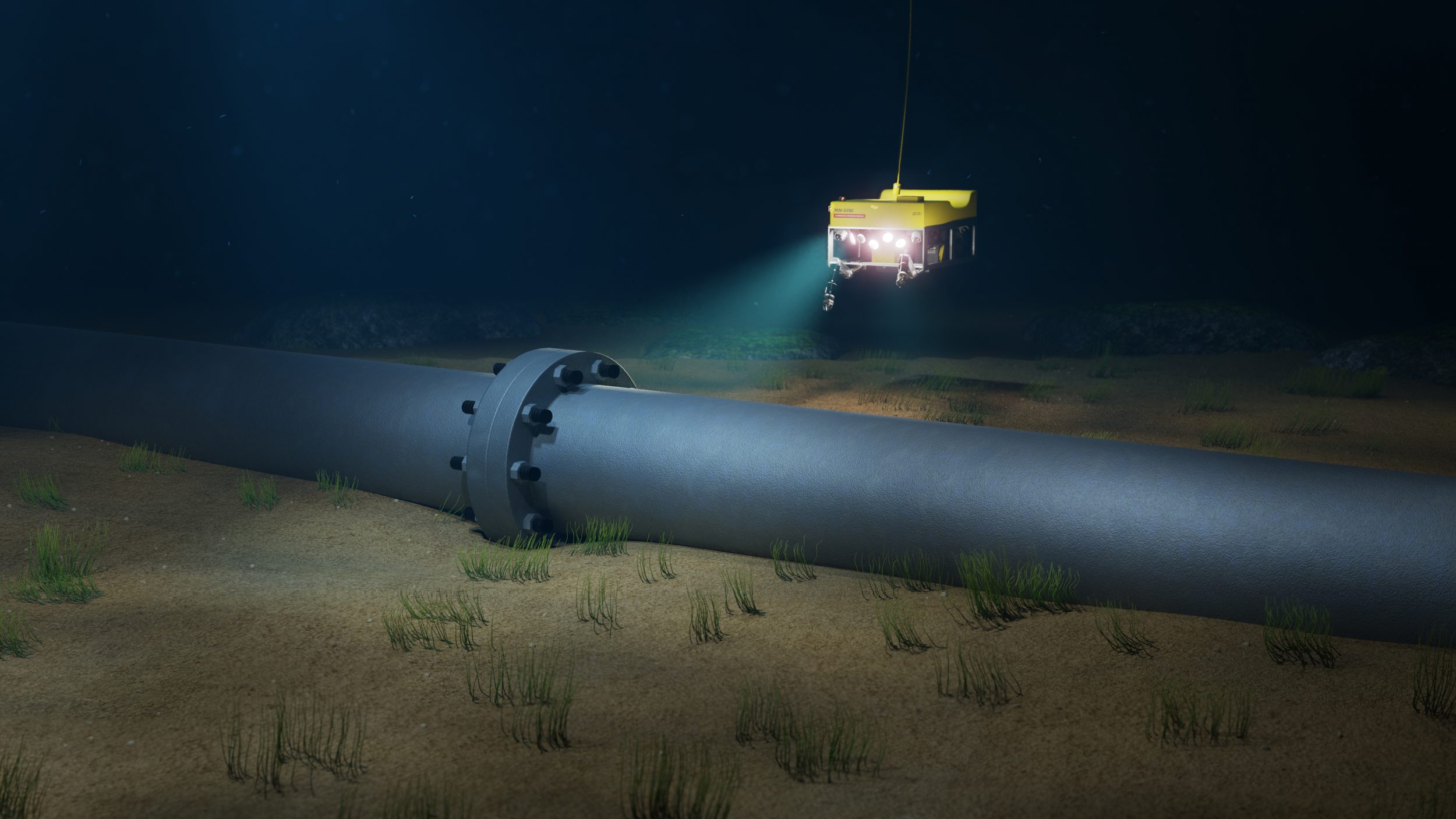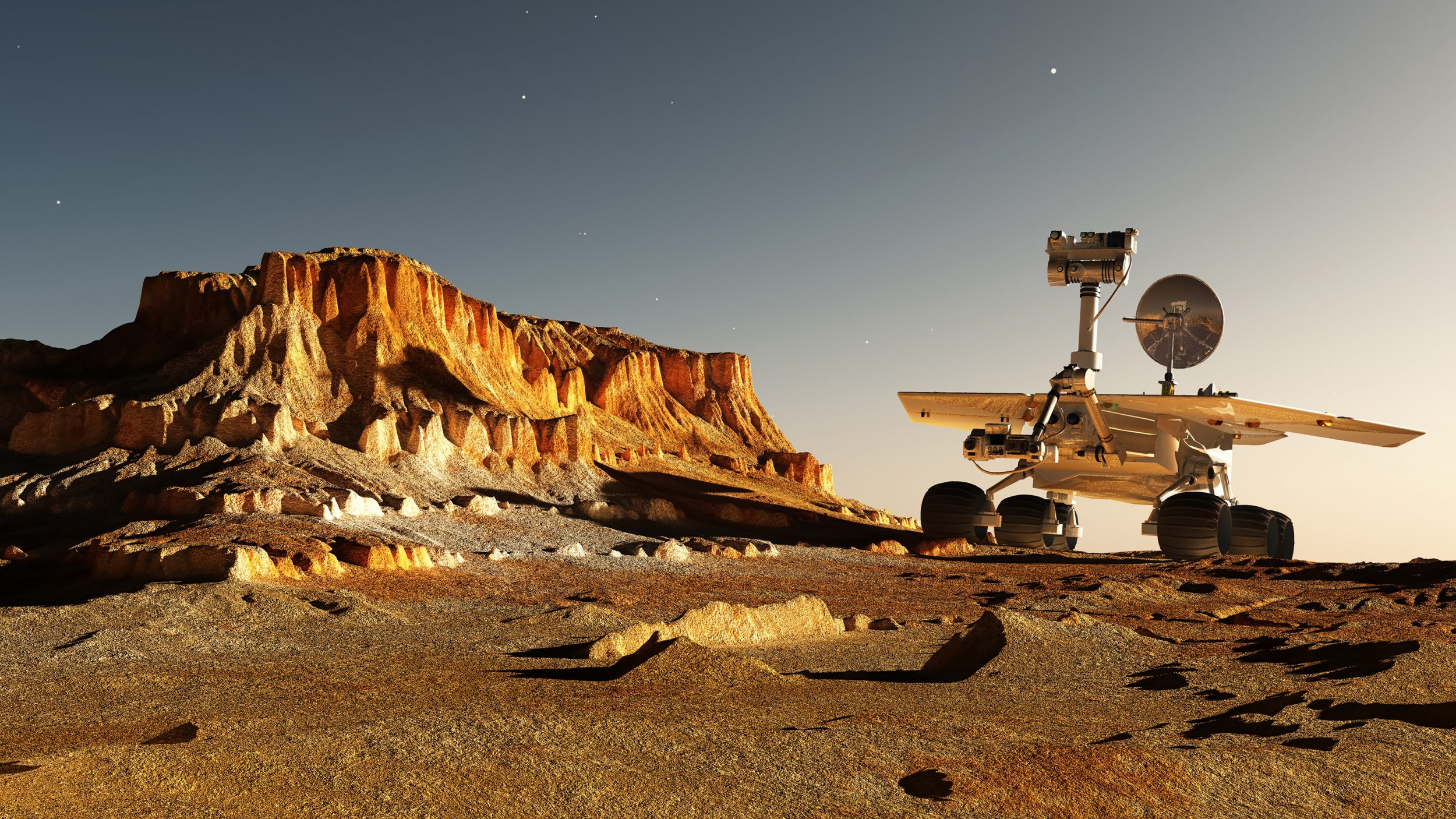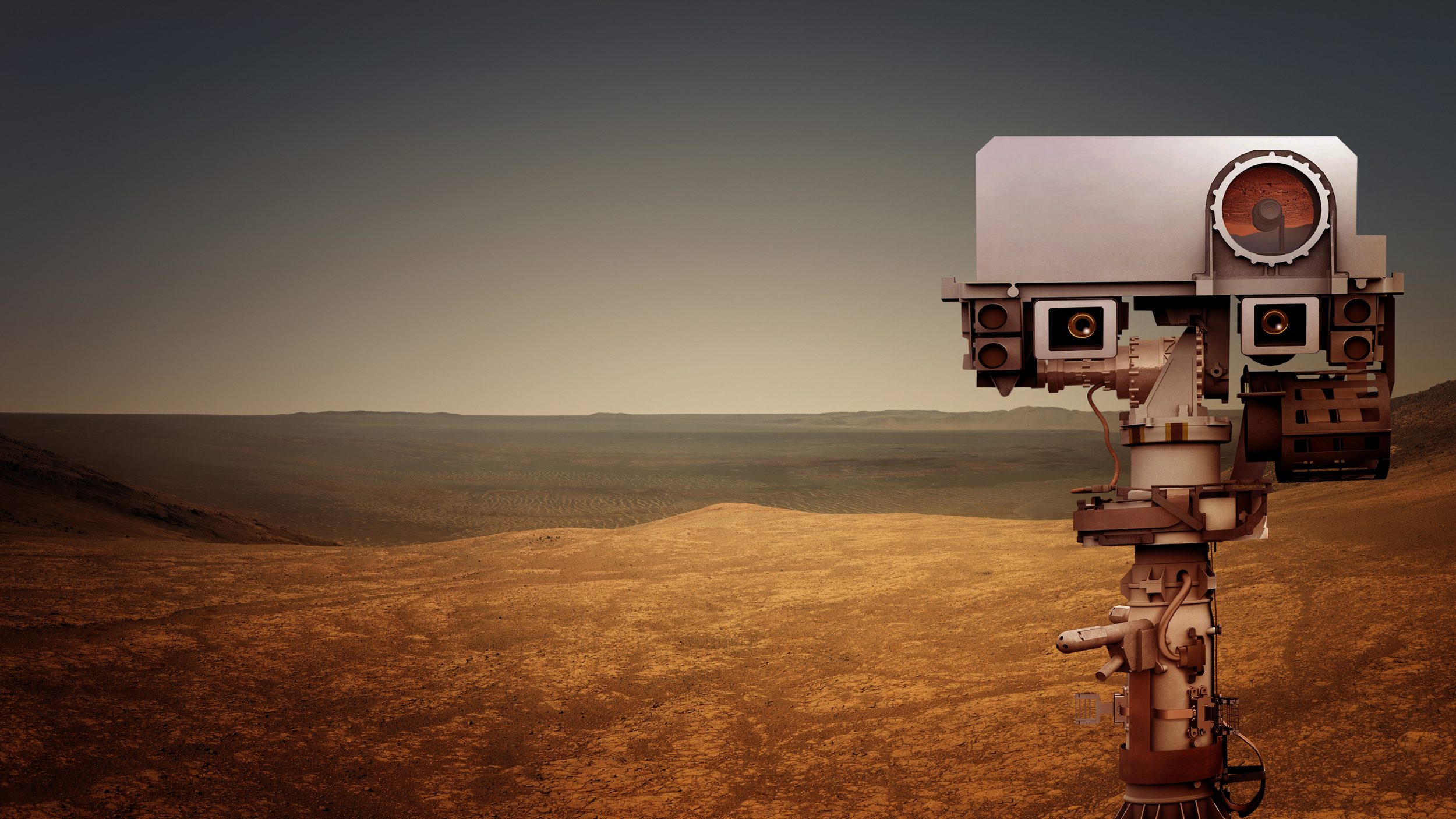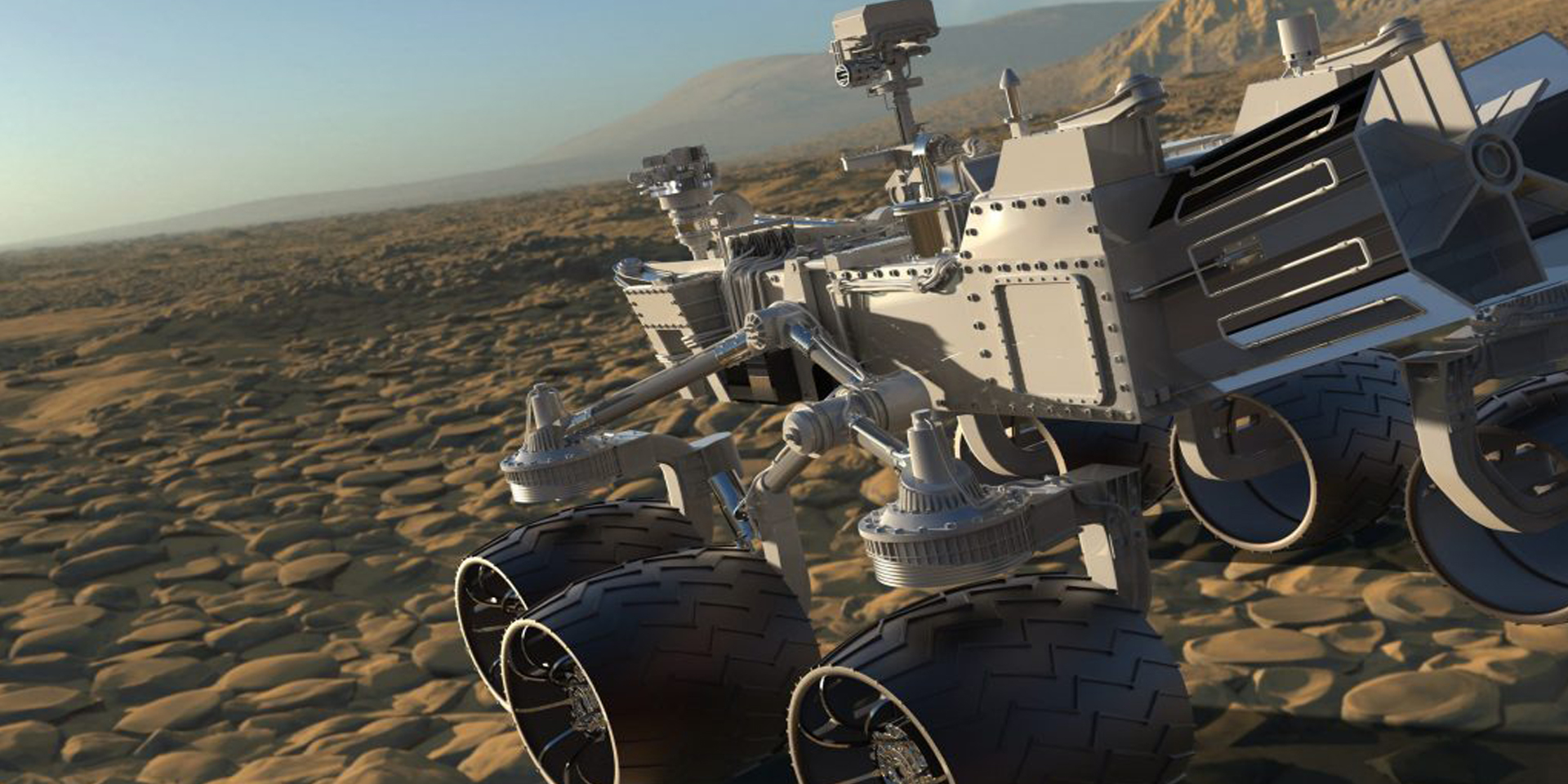
Sea to Space | ROVs and AUVs Module Outline
RAV.A | Extreme Vehicles
Working and living underwater, there are some jobs we just can’t do safely – it’s a good thing we’ve robots to help us out!
RAV.B | Extreme Vehicles Under the Sea
Just what are ROVs & AUVs? Only some of the most extreme vehicles around! What are the different jobs they perform? Ready to find out?
RAV.D | What’s Next in Exploration?
The robots have landed…on Mars! Mars is the one planet in our Solar System that is completely inhabited by robots – how’s that?
RAV.E | A Planet Full of Robots
What has seventeen eyes, is the size of a Mini Cooper, sings Happy Birthday to itself, and takes fourteen minutes to contact home?
RAV.G | More Extreme Vehicles
Want to see more undersea and space vehicles? Explore some of the coolest and most famous on our interactive board – hover to see details of each.
RAV.H | Lesson Quizzes, Games & Bonus Questions
So, you should be a real expert now on ROVs and AUVs and where they live and work, right? Let’s find out!

